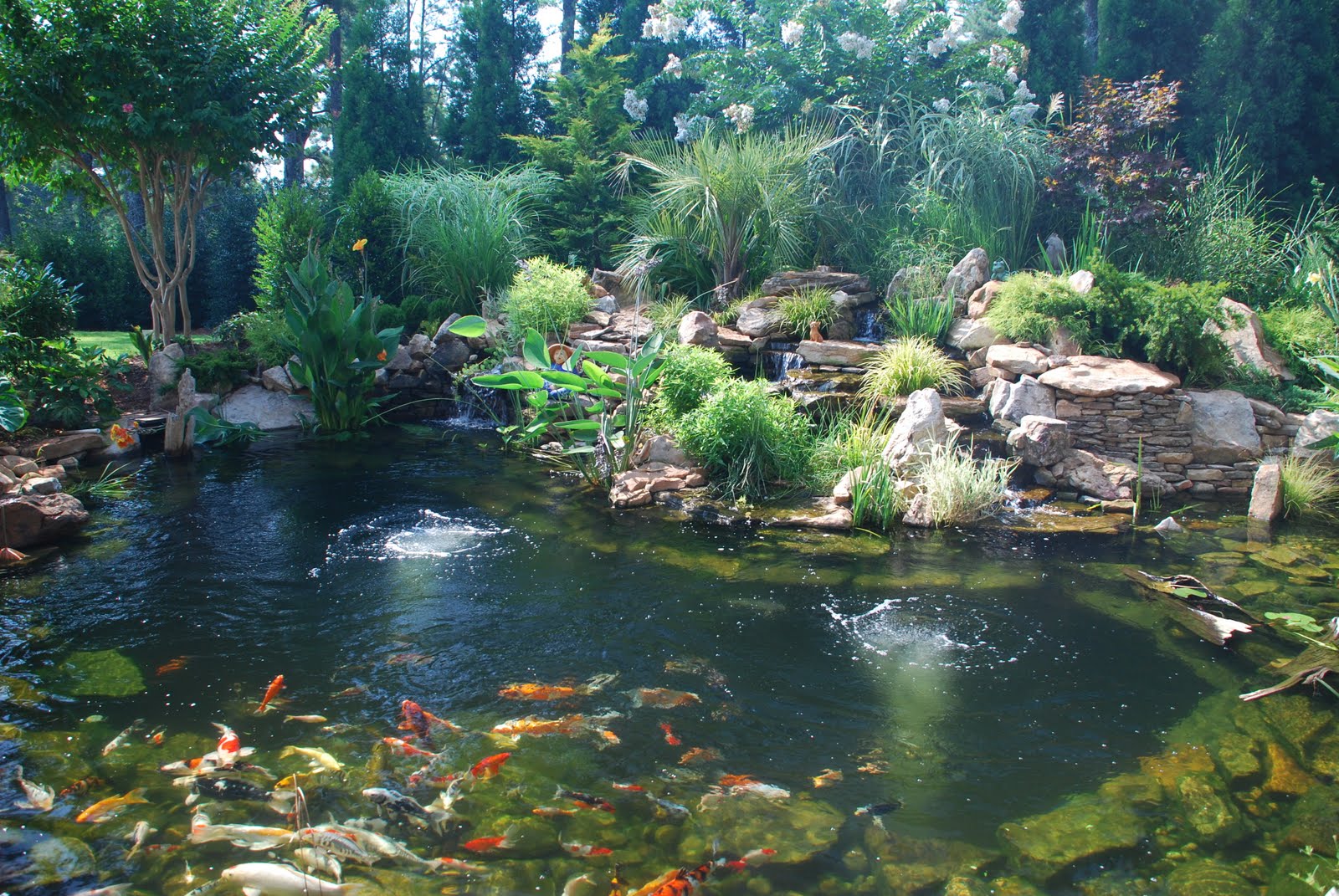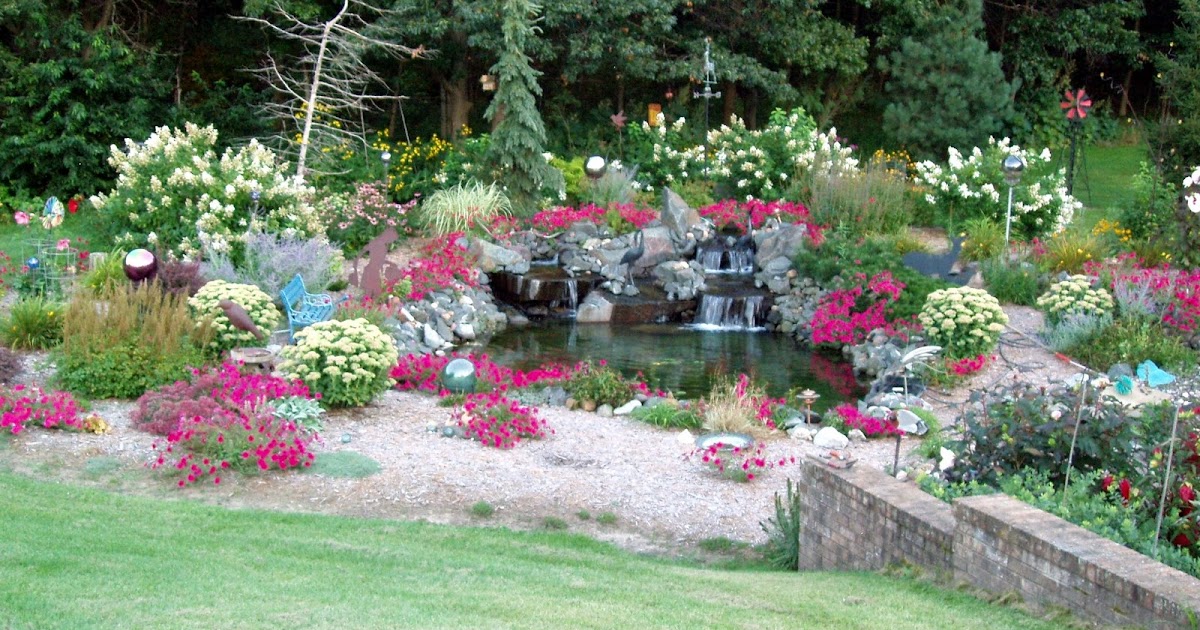
Winter Preparations for Koi Pond Plants: Essential Guide to Make Them Thrive Even in Cold Months
Introduction
Koi ponds are a beautiful addition to any outdoor space, but keeping them healthy and thriving throughout the winter months can be a challenge. One important element in ensuring the winter survival of your koi pond is the selection and care of aquatic plants.
Why are koi pond plants important in winter?
Aquatic plants are essential to the health of any koi pond ecosystem. They provide natural filtration, shelter, and food sources for fish and other aquatic wildlife. During the winter months, plant growth slows, but their importance doesn’t diminish. The root systems of pond plants also help to stabilize soil and prevent erosion over time.
Choosing the Right Koi Pond Plants for Winter
When choosing plants for your koi pond, it’s important to consider their suitability for your local climate. Some plants are more adaptable to colder temperatures than others and can be more easily overwintered. The following are examples of cold-hardy plants that are suitable for koi ponds in colder regions:
1. Water lilies
Water lilies are perennial plants that can survive temperatures as low as 20°F. They grow well in shallow waters and provide essential shade and shelter for koi during the summer months. In winter, they should be placed deeper in the water to protect them from freezing. In addition, winter pruning will not only help reduce the dying plant matter but promote new growth in the spring.

2. Hornwort
Hornwort is a fast-growing aquatic plant that can survive in temperatures as low as 33°F. It provides an excellent source of oxygenation and helps to remove toxins from the pond. Hornworts are usually available in bunches, and their shoots can be trimmed in autumn before winter sets in so the plant dies down and shades the water itself to reduce algae growth in the pond.
3. Winter Hardy Sagittaria
Winter hardy sagittaria is a hardy plant that can withstand very low temperatures. They can grow to a height of up to three feet and are ideal for adding texture to the pond. They also provide an excellent habitat for fish, frogs, and other aquatic wildlife. Sagittaria leaves can be cut back in mid to late autumn when the cold sets in and mulched in the area to feed the plant and protect it while it prepares to come back to life when the springtime rolls in.
How to Care for Koi Pond Plants in Winter
Taking care of your koi pond plants during winter is a simple task, yet crucial to ensure their continued health. Here are some tips on caring for your aquatic plants in cold weather:
1. Regulate water temperature
As winter sets in, it is essential to ensure the water temperature remains even throughout the pond. This causes less stress on the plants. Using specialized pond-heaters, a controlled environment is created, keeping the plants and pond-life warm enough to survive the cold months.

2. Continue monitoring
Even though plant development subsides during winter, it is still essential to monitor plants and remove any dead leaves or debris that could rot and cause future problems. The key here is to keep the debris to a minimum and monitor the plant health, even if it’s not easily visible.
3. Create a system for easy removal
Winter pond preparation typically means that many of the plants need to be moved or removed temporarily. Before the winter sets in, establish a system to make the removal process as effortless as possible without any damage to the pond. Instead of scooping them up forcibly, plan the removal process, and keep an album of what has been removed, including how to replant when the warmer conditions return.
Conclusion
Koi pond plants are essential components of a healthy koi ecosystem. There are many varieties of cold-hardy plants that are well-suited to winter living in the pond. By selecting the right plants and following some simple care guidelines, you can help ensure the health and survival of your pond and its inhabitants during even the harshest winter weather.